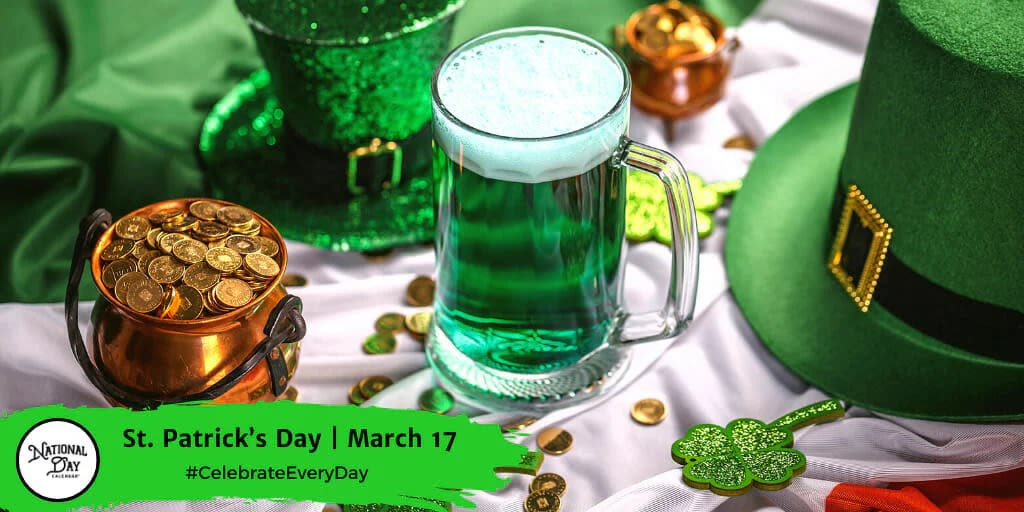
St. Patrick's Day is a cultural and religious holiday celebrated annually on March 17th, commemorating the death of Saint Patrick, the foremost patron saint of Ireland. It is a national holiday in Ireland and widely celebrated in many countries around the world, especially in the United States, Canada, and the United Kingdom.
History and Origin of St. Patrick's Day
St. Patrick's Day originated as a religious feast day for the patron saint of Ireland, Saint Patrick, who died on March 17th in the year 461 AD. It is said that he used the three-leaved shamrock to explain the Holy Trinity to the pagan Irish, and hence, the shamrock became a symbol of the day. Over time, the holiday evolved into a more secular celebration of Irish culture, with parades, festivities, and lots of green.
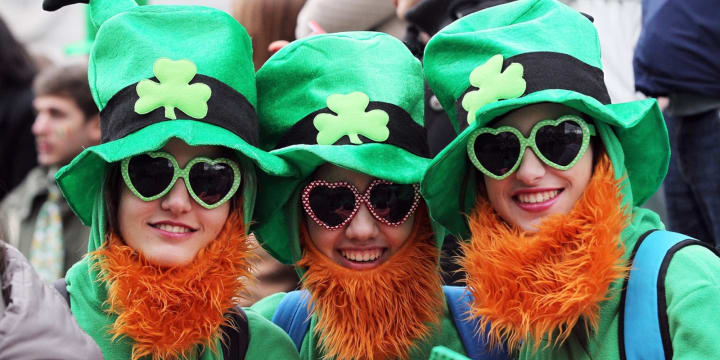
Traditions and Customs of St. Patrick's Day
St. Patrick's Day is associated with many customs and traditions, some religious, some cultural, and some simply for fun. Here are some of the most popular ones:
Wearing Green
Wearing green is a long-standing tradition on St. Patrick's Day, as it is said to represent Ireland, the Emerald Isle. Those who do not wear green are pinched by others as a playful punishment.
Parades
St. Patrick's Day parades are a staple of the celebrations in many cities and towns around the world. The first parade in America was held in New York City in 1762 by Irish soldiers serving in the British army.
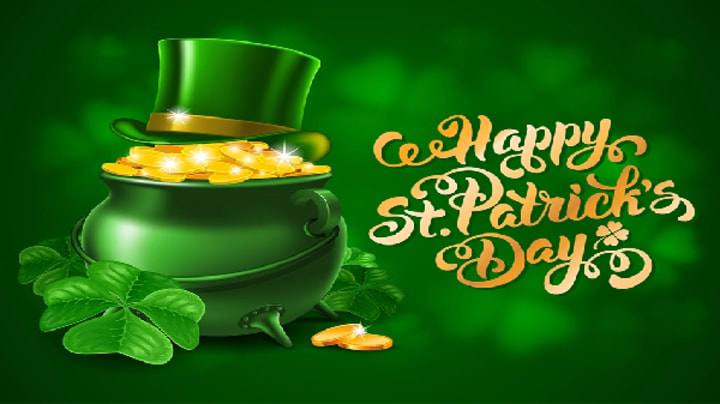
Eating and Drinking
St. Patrick's Day is a day to indulge in Irish cuisine and drinks, such as corned beef and cabbage, Irish soda bread, and of course, Guinness beer.
Shamrocks and Leprechauns
Shamrocks and leprechauns are symbols associated with St. Patrick's Day. Shamrocks, as mentioned earlier, represent the Holy Trinity, while leprechauns are mythical creatures from Irish folklore known for their mischievous behaviour.
Celebrations around the World
St. Patrick's Day is celebrated around the world, with the largest celebrations taking place in the United States, Canada, and Ireland.

United States
St. Patrick's Day is a major holiday in the United States, especially in cities with large Irish-American populations, such as Boston, New York, and Chicago. The festivities include parades, concerts, and cultural events.
Canada
In Canada, St. Patrick's Day is celebrated with parades, parties, and green beer. The largest celebrations take place in Toronto and Montreal.
Ireland
In Ireland, St. Patrick's Day is a national holiday, and the festivities include parades, traditional music, and dance performances. The largest parade takes place in Dublin, and people all over the country wear green to show their Irish pride.
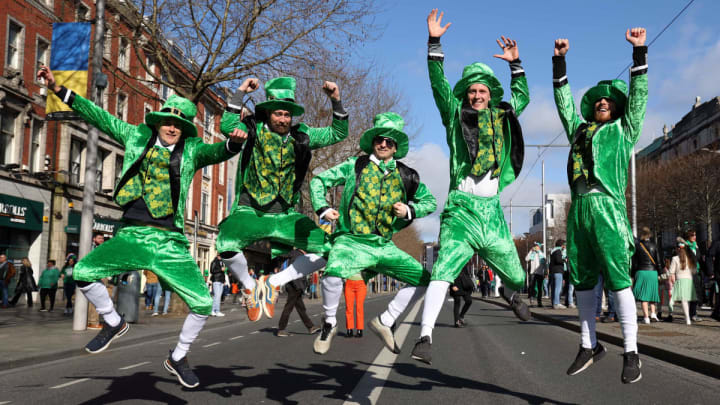
Conclusion
St. Patrick's Day is a holiday that celebrates Irish culture and heritage, and it is a day for people to come together and enjoy the festivities. Despite the challenges of the COVID-19 pandemic, people all over the world are finding ways to celebrate this holiday and keep the spirit of St. Patrick's Day alive.
FAQs
Why is St. Patrick's Day celebrated?
St. Patrick's Day is celebrated to honour Saint Patrick, the patron saint of Ireland who died on March 17th in the year 461 AD. It has evolved into a cultural celebration of Irish heritage, with parades, festivities, and traditional food and drinks.
Why is green associated with St. Patrick's Day?
Green is associated with St. Patrick's Day because it represents Ireland, also known as the Emerald Isle. Wearing green on St. Patrick's Day is considered a symbol of Irish pride and heritage.
What is the significance of the shamrock on St. Patrick's Day?
Saint Patrick is said to have used the three-leaved shamrock to explain the Holy Trinity to the pagan Irish. Over time, the shamrock became a symbol of St. Patrick's Day and Irish culture.
How is St. Patrick's Day celebrated in Ireland?
In Ireland, St. Patrick's Day is a national holiday, and the celebrations include parades, traditional music and dance performances, and wearing green to show Irish pride. The largest parade takes place in Dublin.
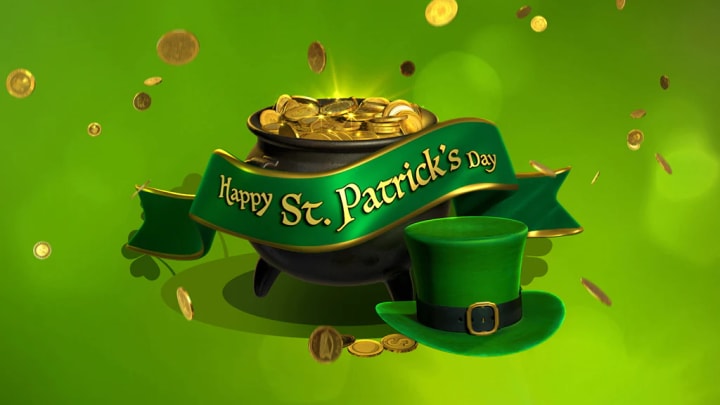
About the Creator
Navanithe
I am an enthusiastic, self-motivated, reliable, responsible, and hard-working person. I am a mature team worker and am adaptable to all challenging situations. I am able to work well both in a team environment and on my own initiative.






Comments
There are no comments for this story
Be the first to respond and start the conversation.